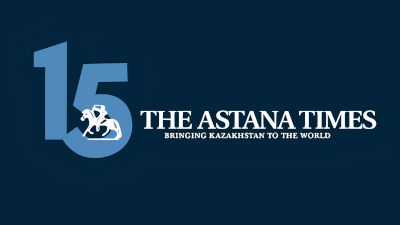The steady growth of Kazakhstan’s economy underlines the need for reform of how the state manages public assets.
It’s been proven that the quasi-public sector is a key economic pillar of any country’s economy and is one of the most important areas in public administration. Currently, the quasi-public sector consists of 6,963 organisations, 398 of which are property of the national government, 6,023 belong to municipalities and 734 belong to state-owned national holdings and national companies.
Kazakhstan’s policy of state assets management is aimed at ensuring transparency in the management of state property and is being implemented in four main areas:
1. Improving the efficiency of state property management.
2. Restructuring state assets.
3. Conservation and management of strategic assets.
4. Improving legislation regarding state asset management.
Currently, much work is being done to improve state property management and create a system for its planning, monitoring, evaluation and control based on the Register of State Property.
It’s worth noting that corporate governance in the public sector has improved dramatically. Some quasi-public sector entities such as KMG EP, KEGOC and Air Astana are evaluated by international rating agencies and receive ratings on their corporate governance.
Elements of corporate management are introduced in state-owned enterprises in the fields of education and healthcare. In the future, it is planned to create supervisory boards in all state-owned enterprises. These measures will help ensure effectiveness and increase the transparency of the quasi-public sector. In addition, we intend to introduce a system of effective management and internal control and monitoring to identify all risks the sector is facing in any economic situation. This will allow quasi-public sector entities to optimally interact with their environment and effectively distribute resources, which in turn will increase their financial performance.
This year, in order to optimise the quasi-public sector, the government approved a list of entities to be transferred to the competitive environment. Thus, 782 quasi-public organisations will be transferred and 380 companies and firms will be reorganised or liquidated. National holdings and national companies will transfer 337 assets to the private sector. This includes the Samruk Kazyna National Welfare Fund – 106 assets; the Baiterek Holding – 15; Kazagro – 32; Parasat – 8; Zerde – 2 and Social-Entrepreneurial Corporations (SEC) – 174. The list of objects to be privatised will be published on the web portal of the State Property Register at www.gosreestr.kz.
In 2017, the number of quasi-public sector entities will be reduced by 15 percent, including nationally owned properties – by 28 percent; housing and public utilities – by 10 percent, SEC – 60 percent and national holdings and companies by 36 percent.
In addition, as part of the People’s IPO programme, an IPO issuance timetable of candidate companies was released. Shares of KEGOC will be placed on the stock market in 2014; Samruk-Energo will go public in 2015 and Kazakhstan Temir Zholy and Kazatomprom in 2016.
Kazakhstan’s Civil Code identifies key strategic organisations with socioeconomic importance to the country’s sustainable development that impact national security and regulates their ownership, transfer and liquidation. The list of these strategic facilities was approved by a governmental resolution.
A special commission concerned with strategic organisations was created by the government. In addition, in order to improve legislation for the management of public assets and prevent the uncontrolled growth of companies with direct and indirect state participation, the government has drafted and submitted a bill to limit state participation in entrepreneurial activities to the Mazhilis (lower chamber of the Parliament).
We will create a transparent and efficient system of state asset management, determine the optimum number of state-owned enterprises and organisations and stock shares that belong to the state. We will also work to reduce redundancy in quasi-public entities.
The author is head of the Department of State Assets Management of the Ministry of National Economy.


